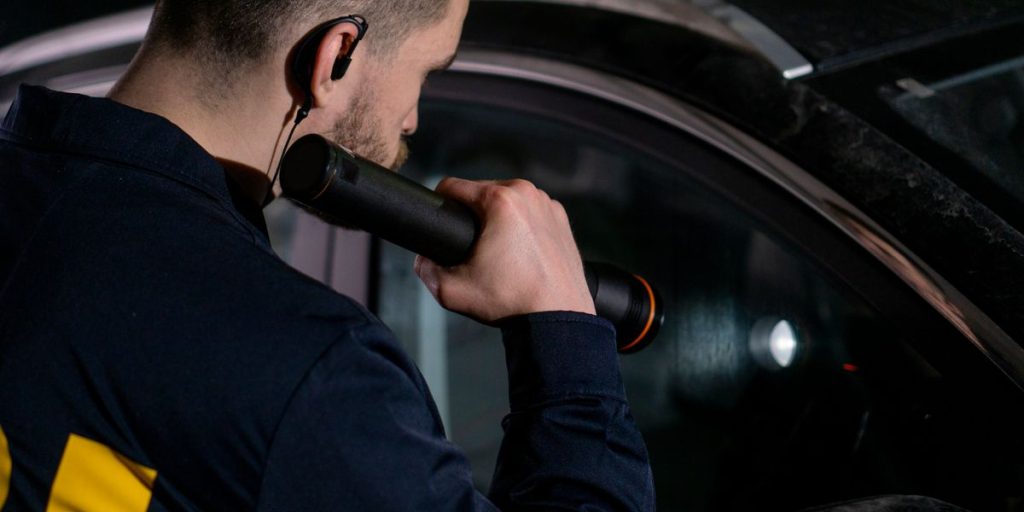A 43-year-old North Dakota woman named Jessica Beske was arrested and charged with first-degree possession of a controlled substance after police found drug paraphernalia, including a bong with methamphetamine residue, in her car during a traffic stop in Polk County, Minnesota. Beske was pulled over for speeding on May 8, and police searched her car after smelling marijuana. Despite Beske claiming she did not have any drugs on her person, the presence of methamphetamine residue on the paraphernalia could lead to a potential 30-year prison sentence and a $1 million fine. In August of the previous year, Minnesota decriminalized drug paraphernalia possession, hoping to help individuals struggling with addiction to recover safely.
According to data from the state’s Department of Health, drug overdose deaths reached a record high in 2021 in Minnesota, with 1,286 deaths reported, mostly linked to fentanyl. Despite the decriminalization of drug paraphernalia possession in the state, a 2009 court ruling classified bong water with drug residue as a controlled substance, making possession of it punishable by law. Efforts to address this issue through legislation have not been successful, leaving individuals like Beske facing possible legal consequences for the presence of drug residue in paraphernalia. Bong water is a substance used in smoking devices to cool and purify the smoke but is not consumed directly.
Beske expressed frustration and disbelief at the charges against her, calling them “against common sense.” She emphasized that the bong water itself is not a controlled substance and does not contain drugs but merely traces of methamphetamine residue. The Polk County Sheriff’s Office and Polk County Attorney’s Office, responsible for Beske’s case, did not provide immediate comment on the situation. The lack of clarity in the law regarding bong water containing drug residue highlights the need for further legislative action to prevent individuals from facing severe penalties for possessing remnants of controlled substances in paraphernalia, especially in the context of efforts to address addiction and harm reduction in the state.
The case of Jessica Beske reflects broader issues surrounding drug paraphernalia possession laws in Minnesota and the conflicting interpretations of what constitutes a controlled substance. While the state has taken steps to decriminalize possession of paraphernalia, including items with drug residue, the classification of bong water as a controlled substance complicates the application of these laws. The high number of drug overdose deaths reported in the state underscores the urgency of addressing addiction and providing support for individuals struggling with substance abuse. Efforts to amend existing legislation to prevent individuals like Beske from facing harsh penalties for possession of drug residue in paraphernalia may be necessary to align laws with harm reduction principles and support individuals in their recovery journey.
The criminalization of drug paraphernalia possession containing residue, such as bong water with traces of methamphetamine, raises questions about the effectiveness of punitive measures in addressing addiction and substance abuse. Advocates for harm reduction emphasize the importance of providing support and resources for individuals struggling with addiction to prevent overdoses and promote safe recovery. The legal implications faced by individuals like Beske highlight the need for comprehensive reform in drug laws to ensure that individuals receive appropriate support and assistance rather than facing severe penalties for possessing remnants of controlled substances in paraphernalia. The involvement of law enforcement and legal authorities in addressing such cases calls for a more nuanced and compassionate approach to drug policy to address the complex challenges of substance abuse in a more effective and supportive manner.


